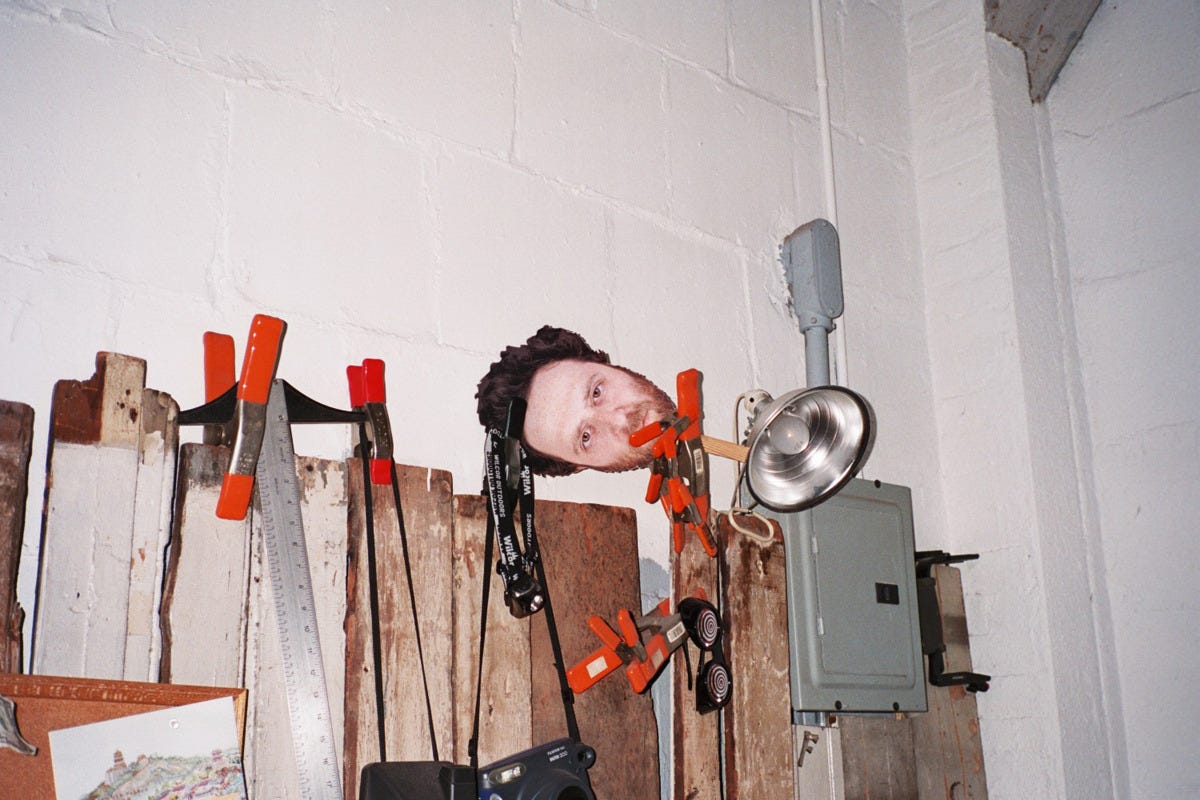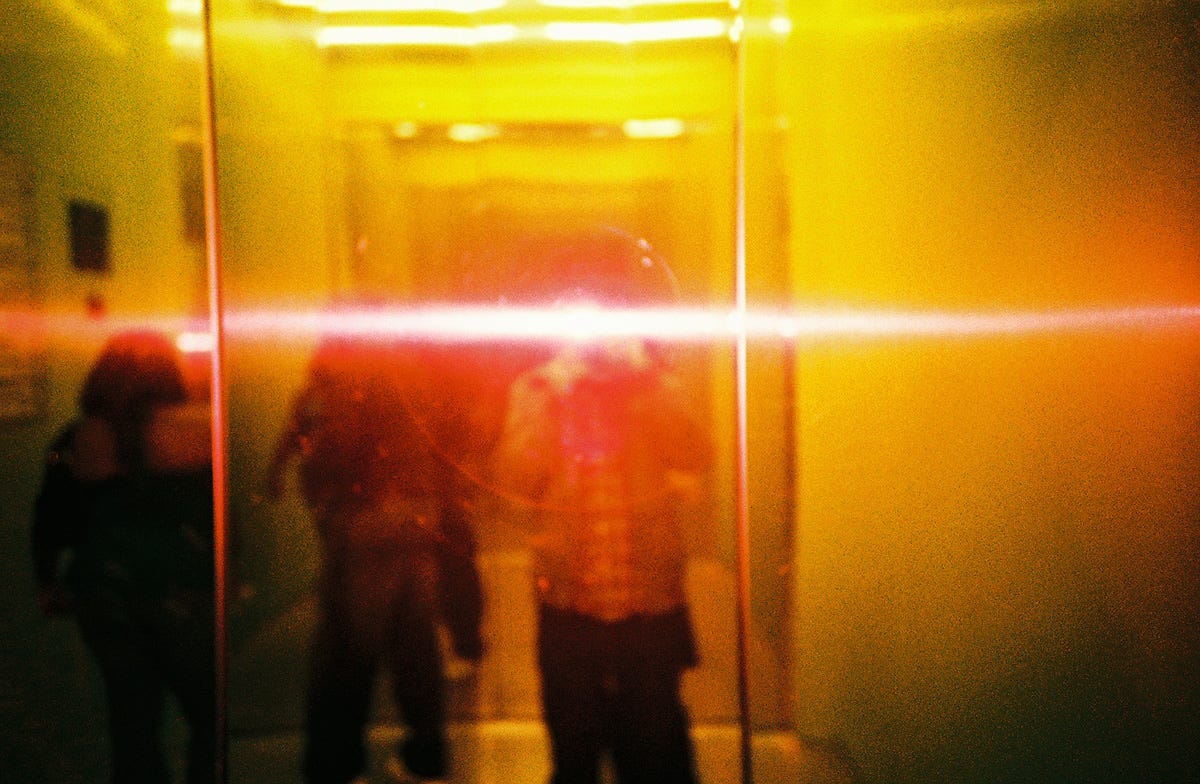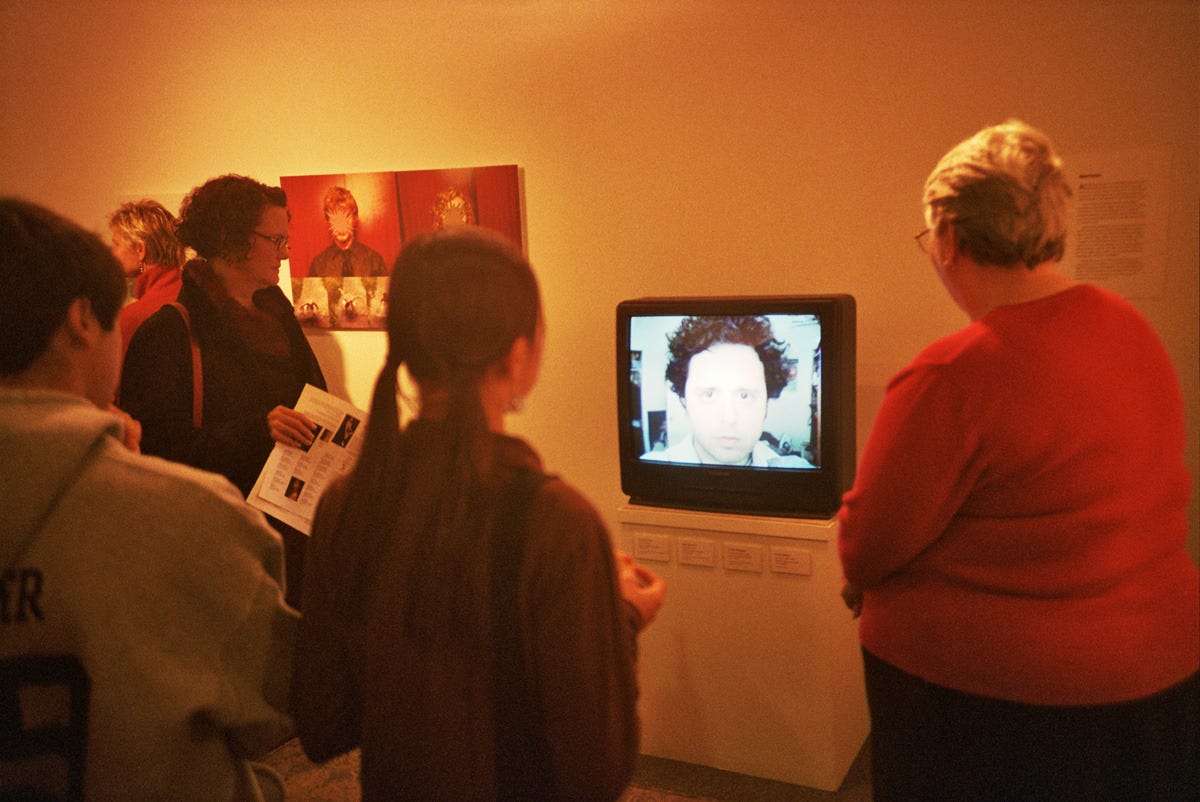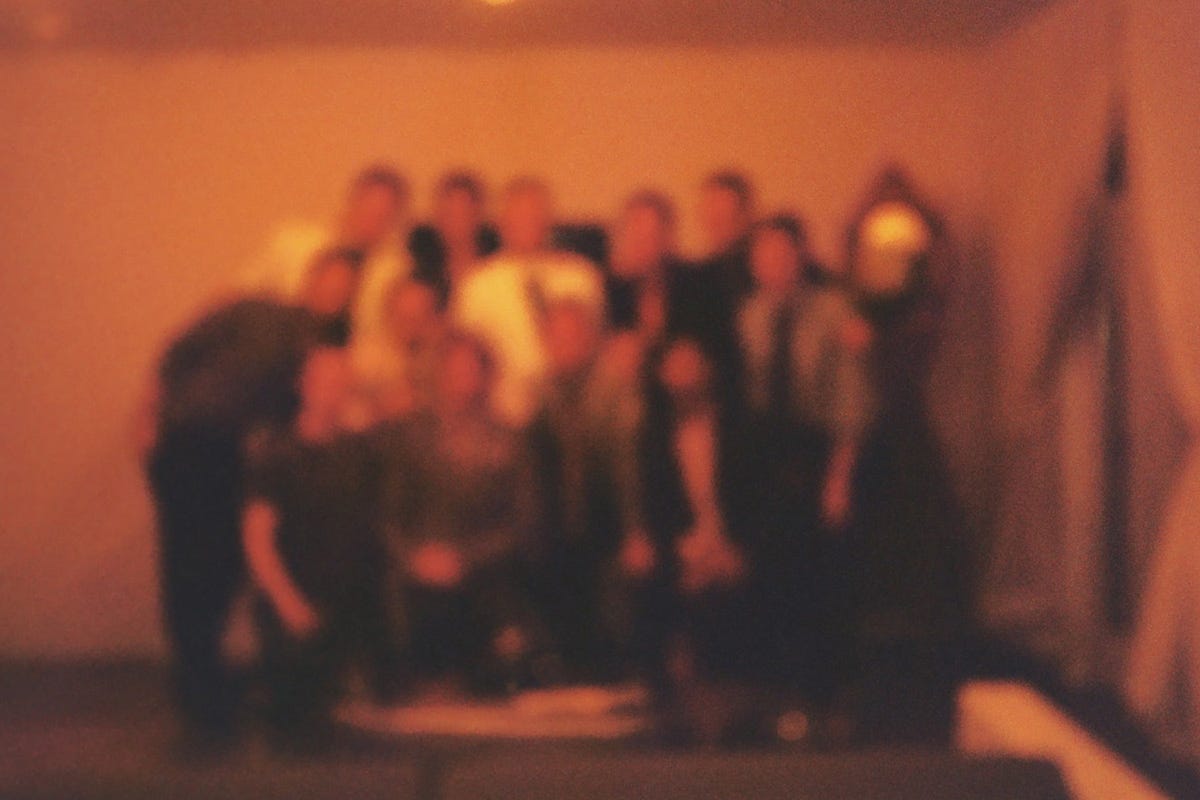Newsletter #185 - Faith No More's "Midlife Crisis" and the Observers Paradox
You're perfect, yes, it's true. But without me, you're only you.
I used to think that 40 was midlife, but really, it's 45.
At 40, you're still performing the idea of middle age - making jokes about being "over the hill," buying something uselessly expensive, posting memes about your back hurting. But 45? That's when you realize you're genuinely, naturally, undeniably in the middle of it all.
The idea of a midlife crisis never bothered me. In fact, it always seemed hilarious to me. So much that every year on my birthday since I turned 30, I have listened to Faith No More’s 1992 hit “Midlife Crisis.”
According to Mike Patton, the lead singer of Faith No More, the song is "kind of about Madonna." He wrote it during a time when he felt "bombarded with her image on TV and in magazines" and thought, "She's going through some sort of problem. It seems she's getting a bit desperate." The song was originally titled "Madonna" during recording sessions.
Patton described it as being "more about creating false emotion, being emotional, dwelling on your emotions and in a sense inventing them." It's about manufactured feeling, performed desperation, the exhausting cycle of reinvention that celebrity culture demands. (old.fnm.com/faq)
The irony of it all is that this song about manufactured emotion and desperate celebrity reinvention became Faith No More's biggest hit. Their critique of fake feeling became their most successful piece of commercial product. Their takedown of pop culture performance became a pop culture phenomenon.
The song reached #1 on the Modern Rock charts because it was catchy and accessible - exactly the kind of commercial compromise that underground artists make to reach a wider audience. They had to play the game they were criticizing.
As delusional as it might seem, I feel like I've become both sides of "Midlife Crisis." I'm Mike Patton, observing the absurdity of reinvention culture from my photography studio in the woods. But I'm also Madonna? Lol. Desperately trying new things to stay relevant. I've spent 25 years documenting obsession for a living, but maybe I've become the obsession I'm documenting. The "Everyday" project that started as authentic self-expression has become performance. The newsletter about my authentic life has become more real than the life itself.
Twenty-five years after starting to photograph myself daily, I'm still taking pictures, making YouTube videos, sending newsletters, posting on Instagram… still trying to prove I'm worth paying attention to. The real midlife crisis isn't buying a Porsche - it's realizing you've spent more than half your life creating work about your life instead of just living it.
I’ve come to the unfortunate realization that I can't experience anything anymore without thinking about how I'll document it. The sunset isn't beautiful - it's "video content." The conversation with my neighbor isn't just pleasant - it's “newsletter material.” Even my chickens laying eggs becomes "the best breakfast sandwich in the world."
I've trained myself to live like a photographer, which means I'm always looking for the shot, the angle, the moment worth capturing. But somewhere along the way, the documentation became more important than the experience itself.
This is the photographer's curse: you become so good at seeing life through a lens that you forget how to see it with just your eyes. Every moment becomes a potential frame, every experience gets filtered through the question, "Is this worth documenting?"
And the newsletter has made it worse. Now I'm not just looking for the photograph - I'm looking for the story, the angle, the insight that will justify sending another email to thousands of people. I'm living in "newsletter-worthy" moments, which means I'm never just living in moments.
Mike Patton wrote about manufactured emotion in 1992, when Madonna was desperately reinventing herself for MTV. But his observations feel even more relevant now, in our age of constant self-documentation and performance. We're all a form of Madonna now, desperately posting our reinventions on social media, hoping someone's still watching.
The obvious difference is scale. Madonna was performing for millions; most of us are performing for dozens, or hundreds, or maybe just ourselves. But the desperation is the same. The manufactured emotion is the same. The endless cycle of documentation and reinvention is the same.
The song succeeds because it's about all of us. We're all creating false emotion, dwelling on our feelings, inventing our narratives. We're all simultaneously the observer and the observed, the critic and the performer, Mike Patton and Madonna rolled into one exhausted, middle-aged package.
Next week I turn 45, and I’ll play "Midlife Crisis" on my birthday as I have done for the past 15 years. The difference is, I used to think the concept of a midlife crisis was funny in an ironic way. But now I know what Patton was really pointing at - not the crisis itself, but our desperate attempts to document and perform our way through it.
I think I'm experiencing what I can only describe as the observer's paradox— questioning not just what I've done with my life, but whether the act of constantly documenting it has become the problem itself.
I’m pretty sure it's a midlife crisis.
Photographs from Pictures That Look Like This (2007-2009)
Don’t forget to check out The Hotline Show and subscribe to my new ambient YouTube channel, KALINA.
Support this Newsletter
Do you enjoy my work? Then please consider becoming a paid subscriber, join my Patreon or just send me a Venmo. Your financial support helps keep these letters coming.
You can also support this newsletter by hitting the “like” button or sharing it with a friend.
Thank you!
Kristen Neufeld's favorite midlife crisis song is Puppy and a Truck by Jenny Lewis.
Zach Vitale prefers Mr. Bungle.
Support: Substack / Patreon / Venmo
noahkalina.com / Instagram / Threads / YouTube / Bluesky / Patreon











I turned 39 the other day. Every year since I turned 25, I've listened to Pink Floyd's "Time" and reflected on those haunting lines: "Every year is getting shorter / never seem to find the time / Plans that either come to naught / or half a page of scribbled lines." The verse famously ends with: "The time is gone, the song is over, thought I'd something more to say."
I'm not yet in my "midlife crisis" window, but I found myself doing some math yesterday after reflecting on a particularly joyful afternoon spent on the lake with my family. We were there for two hours over Memorial Day weekend, kayaking and soaking up the sun. I've been alive for roughly 342,059 hours as of this writing. In about fifteen minutes, that means our joyful lake outing will have accounted for just 1/171,030 of my entire existence. For my four-year-old son, those same two hours represent 1/18,750 of his life so far—nearly ten times more significant than they are to mine. Every hour that passes makes it a smaller fraction still for both of us, until—anti-climactically—those ratios freeze forever at the moments of our deaths. They will become part of the final equations of our lives; "all our lives will ever be."
But does the math of our existence grant our lived experience emotional weight and resonance solely as a function of joy or sorrow divided by time on earth? Does my son's lake afternoon carry ten times the impact simply because it represents a larger percentage of his brief existence? Does that resonance diminish over time as the denominator grows?
This line of thinking has consumed me for weeks now. I blame a mid-summer fever, but it could just as easily be my own mortality tapping me on the shoulder: when all the math is run and the equations simplified, what portion of my existence will I have spent in joy, warmth, love, satisfaction? Will the good outweigh the bad? Am I doing enough to tip the scales? And perhaps most importantly—am I doing it all for the right reasons?
Or perhaps the true crisis isn't the math itself, but the compulsion to maximize it, to record it. The fact that I'm calculating the fractional value of a perfect lake afternoon instead of simply letting it exist as what it was: two hours of unmediated happiness. Or further subdividing it into fractions of a second via shutter presses and keystrokes. Perhaps the observer's paradox applies to more than just art-making—the very act of examining our lives too closely transforms us from participants into performers.
At 39, I've come to suspect that the best hours of my life are the ones I'm too absorbed in living to measure. Now the trick is learning to make peace with that uncertainty, and to stop hanging on in quiet desperation.
If it's any consolation, it only gets worse.